Products Description
Why Driver's Licenses Are the Primary Form of Identification in the United States and How to Use a Fake ID
The historical context of driver's licenses as the primary form of identification in the United States stems from the lack of a nationwide, unified identification system. Unlike many countries t
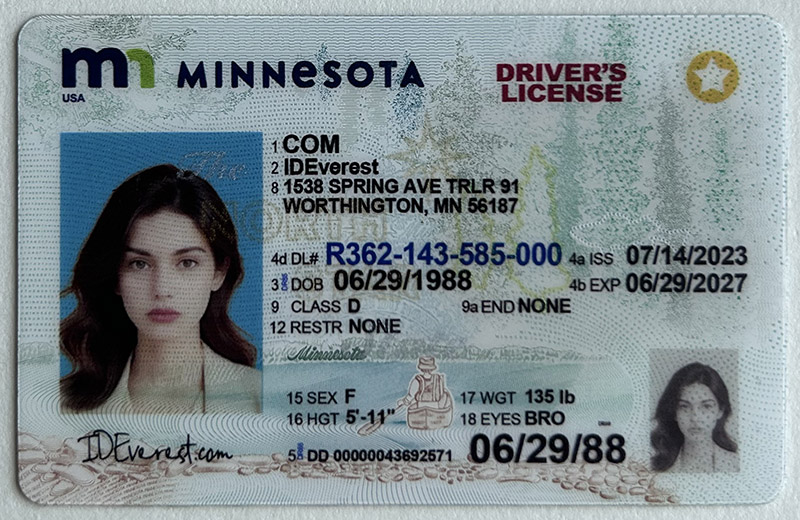
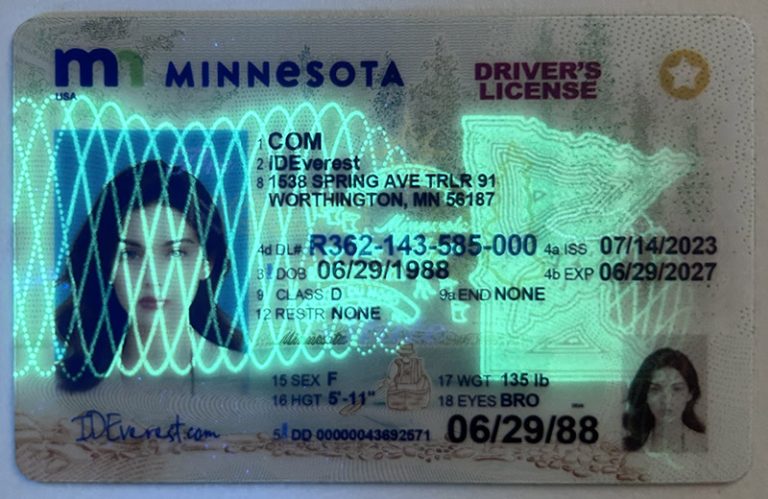

hat issue standardized national ID cards, the United States leaves the responsibility for identification primarily to the states. As a result, driver's licenses, issued by state governments, naturally evolved to fulfill this role. Originally used to regulate driving privileges only, these licenses later became widely recognized as valid identification documents, as most adults need a driver's license in their daily lives.
Over time, the use of driver's licenses has expanded beyond driving-related purposes to become the de facto standard for age verification, access to certain services, and even voter registration in some states. The widespread use and acceptance of driver's licenses by private entities and government agencies further solidifies their status as the primary form of legal identification. This reliance on state-issued documents also reflects the United States' tradition of decentralized governance, where states have significant control over regulations and administration, including identity verification.
In the United States, state governments have played a key role in establishing driver's licenses as the primary form of identification. Each state is independently responsible for issuing and administering its own driver's licenses, which means there are no federal standards for identification. This state-level control allows for flexibility in meeting local needs while still ensuring that the license meets certain minimum requirements, such as including a photograph, date of birth, and address. Because driver licenses are issued by state governments, they are recognized and accepted as valid identification by state agencies and institutions.
This decentralized system has greatly contributed to the widespread use of driver licenses as a standard form of identification in the United States. Many states issue non-driver ID cards that closely resemble driver licenses for people who do not drive, which reinforces the format's role as a universal identifier. The similarity in appearance between the two IDs creates a simplified identification system that is easily recognizable in a variety of situations, further solidifying the driver license's position as the preferred choice for many people.
Not only does the local issuance process ensure that driver licenses remain accessible to the general public, it also maintains state control over identity management. This arrangement is consistent with the country's emphasis on state autonomy and local governance, allowing states to set their own requirements for obtaining a license or ID card.
However, the convenience of having a driver's license—and the similarities between driver licenses and non-driver ID cards—has also led to the rise of fake IDs. The benefits of fake IDs in Minnesota, especially for young people, often include the ability to circumvent age restrictions, such as purchasing alcohol, entering bars or clubs, and participating in events that require age verification. For some, possessing a fake ID represents a means to gain independence and participate in otherwise restricted social activities.
The demand for fake IDs in Illinois reveals a paradox in the identification system: while driver's licenses provide a legitimate means of identification, the ease with which these documents can be obtained and reproduced provides opportunities for exploitation. The prevalence of fake IDs in Delaware highlights the complexity of identity verification in American society, where the same systems designed to provide convenience and accessibility can also facilitate illegal activities. This dynamic highlights the ongoing challenge of balancing legitimate identification needs with the risks associated with counterfeit documents.
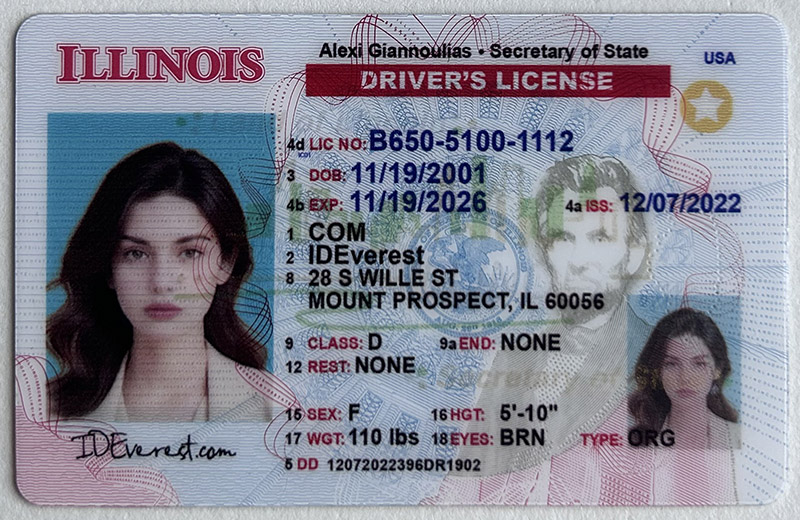

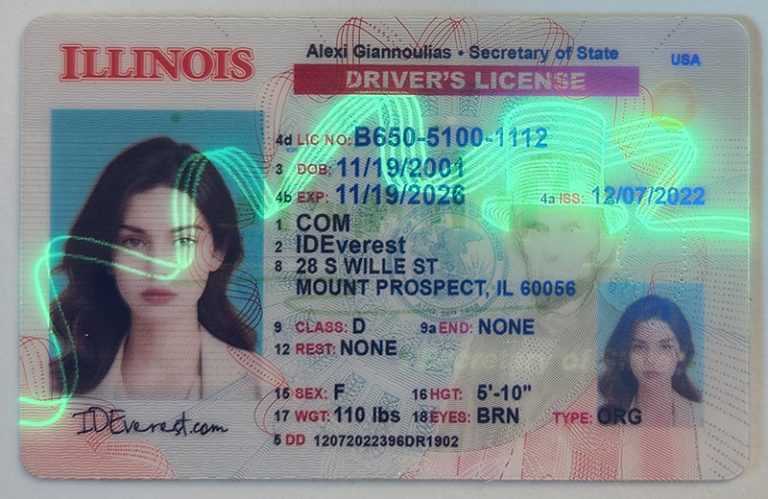
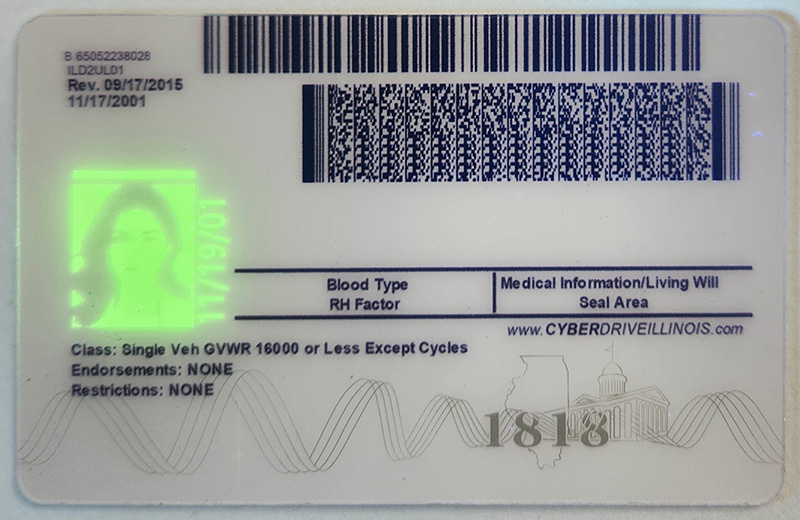
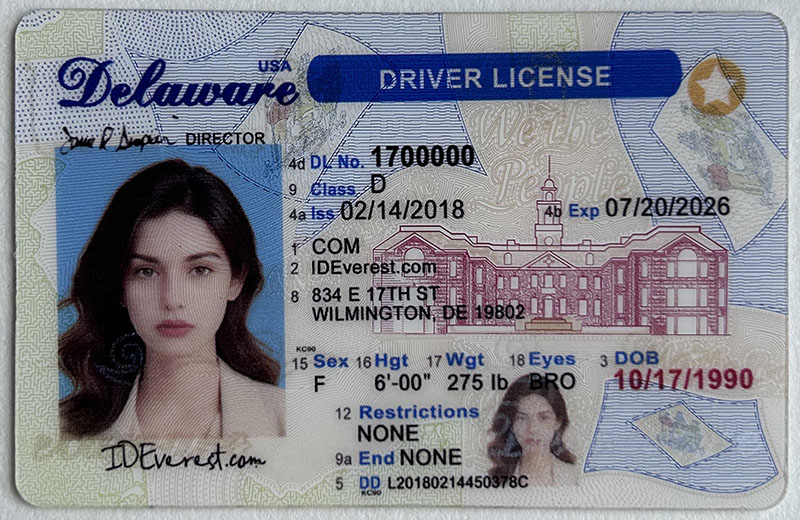
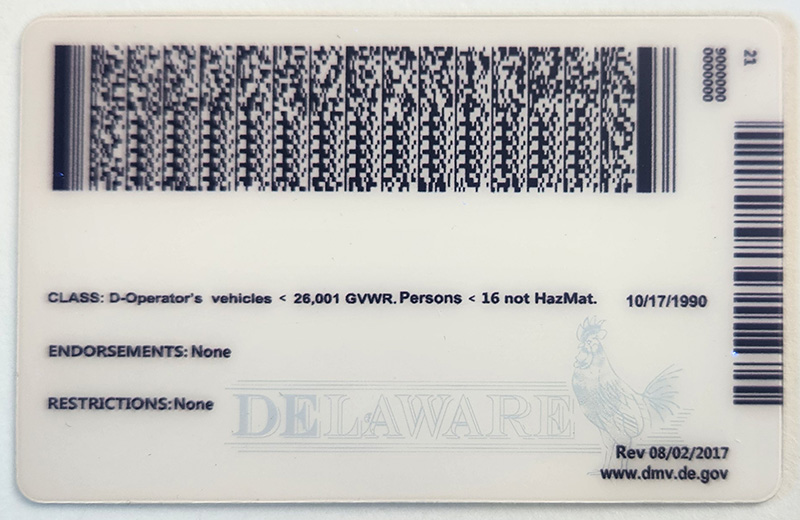
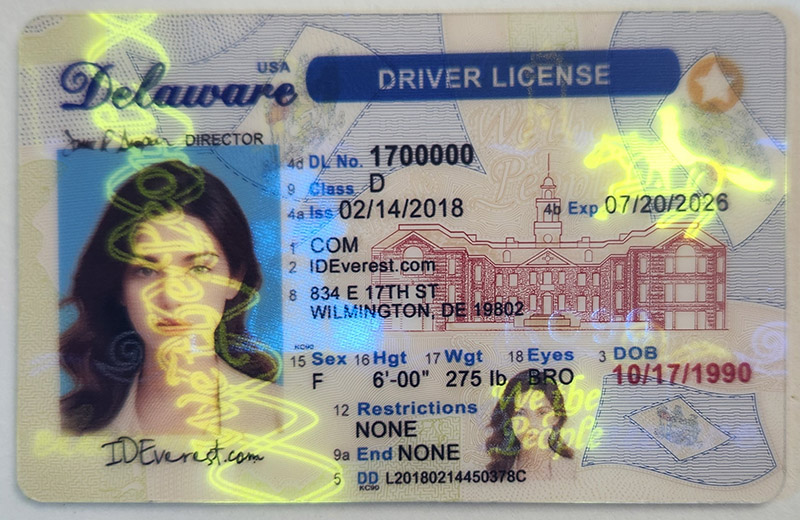
Convenience is a big reason why most Americans use a driver's license as their primary form of identification. For many people, especially in suburban and rural areas, driving is not only a convenience, but often a necessity for daily activities, such as commuting to get off work, running errands, and accessing basic services. As a result, obtaining a driver's license becomes a fundamental step toward adulthood, making it a common possession for the population.
Given that driving already requires a driver's license, obtaining a separate ID card seems redundant to most people. The dual function of a driver’s license—both as a license to operate a vehicle and as a widely accepted form of identification—means that individuals do not need to apply for additional ID documents when they already have a valid one. This utility reduces bureaucratic barriers and simplifies the identity verification process in a variety of situations, such as when purchasing age-restricted items, boarding an airplane, or verifying identity at a bank.
Moreover, as driver’s licenses have become woven into the fabric of everyday American life, their use as an identification tool has become habitual. This reliance on a single, multi-purpose document simplifies everyday transactions and reinforces the idea that driver’s licenses are not only a tool for driving, but also a cornerstone of personal identification in American society. Some may view driver’s license use as a convenient shortcut to circumvent societal restrictions, highlighting a paradox: the convenience that drives widespread acceptance of legitimate driver’s licenses also fuels the demand for counterfeit identification. This dynamic highlights the complexity of American identification practices, with driver’s licenses not only an important legal document but also a focal point for discussions about identity verification, convenience, and the challenges posed by counterfeit identification.
The low demand for standalone IDs is a notable aspect of American identification practices. While many states offer non-driver ID cards as an alternative for people who do not drive, these cards are typically only sought by people who need identification but do not have a driver’s license. As a result, driver's licenses have become the most commonly used form of identification for the general public.
The limited interest in obtaining a separate ID can be attributed to several factors, including convenience and availability. For most people, possessing a driver's license is not only necessary to drive, but also serves as valid identification for a variety of purposes, such as age verification, access to bars, and even travel. This dual utility makes it unnecessary for many people to apply for a separate ID, as they already have a document that meets their identification needs.
However, the prevalence of driver's licenses has also fueled an underground market for fake IDs in Ohio. Some people, especially young people, may seek to forge IDs to circumvent age restrictions, such as to purchase alcohol, enter clubs, or engage in other age-restricted behaviors. The easily replicable format of driver's licenses, combined with their widespread acceptance, creates lucrative opportunities for counterfeiters.
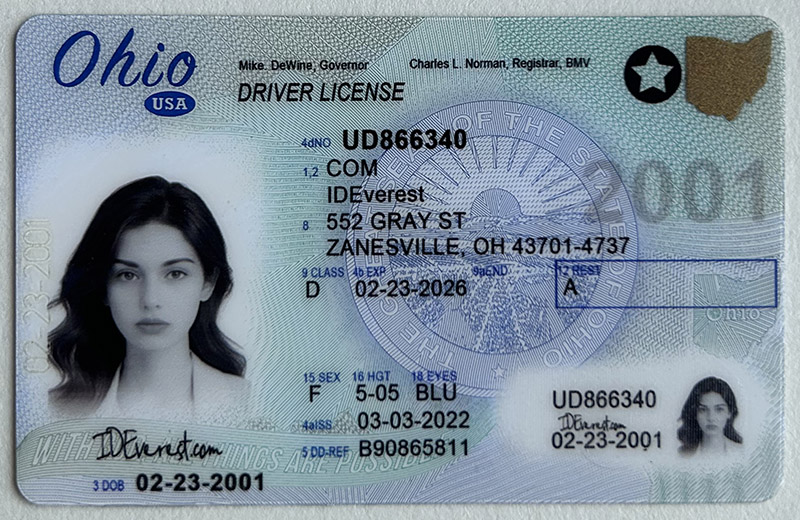
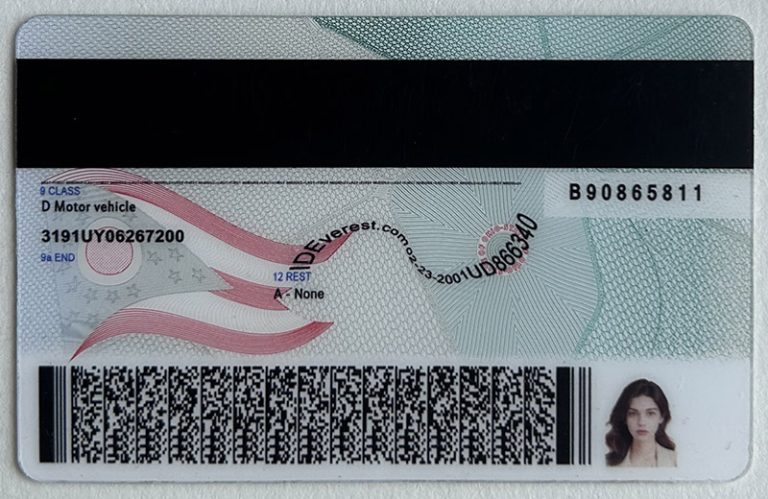
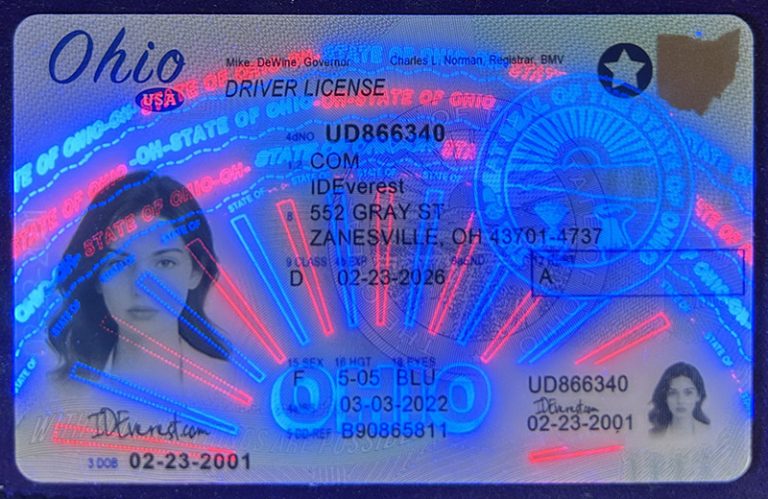
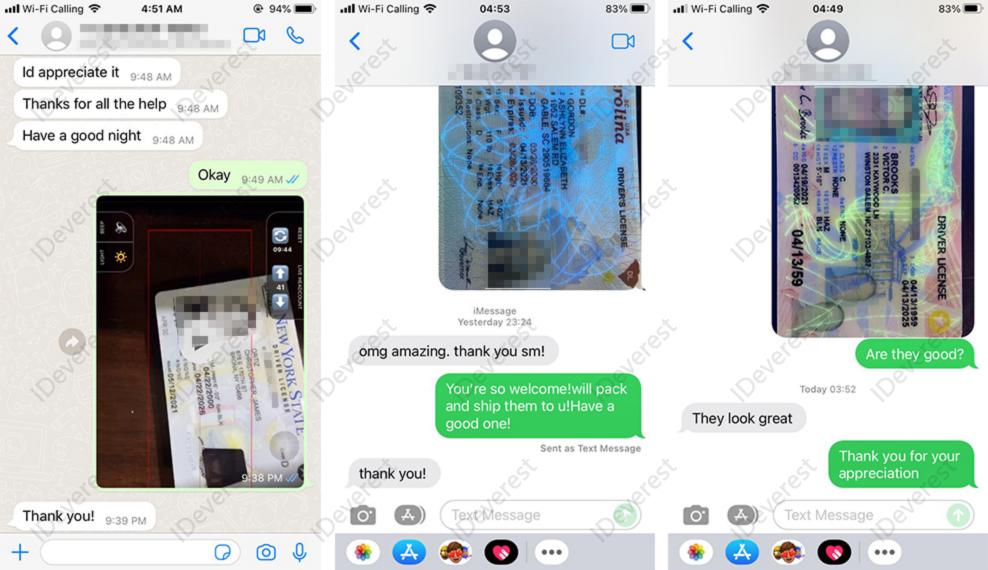
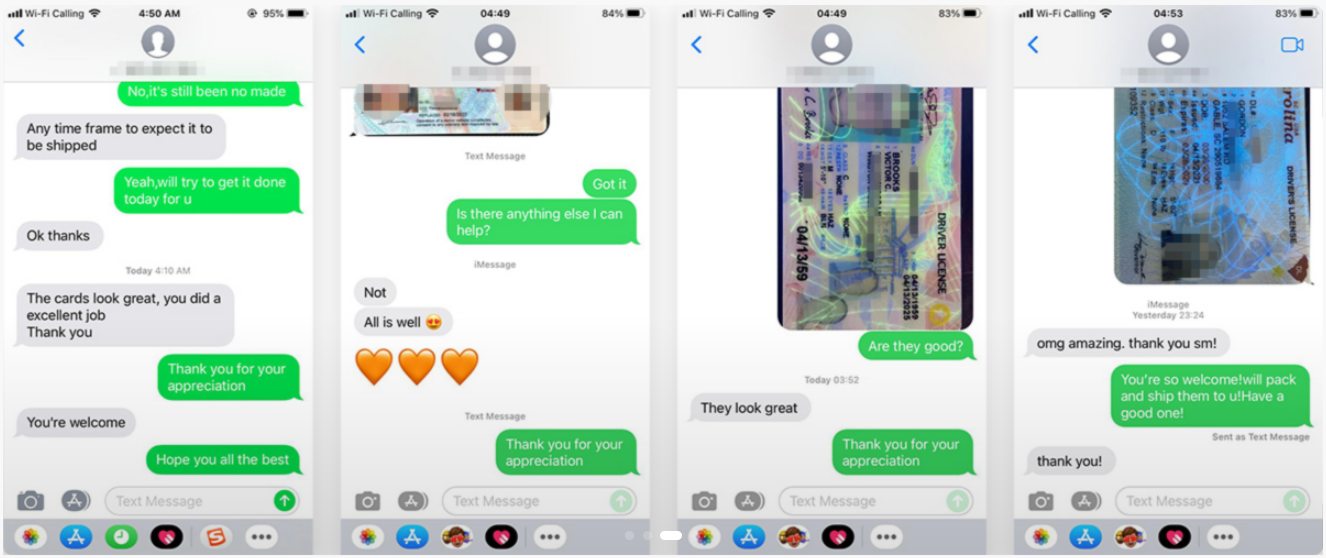

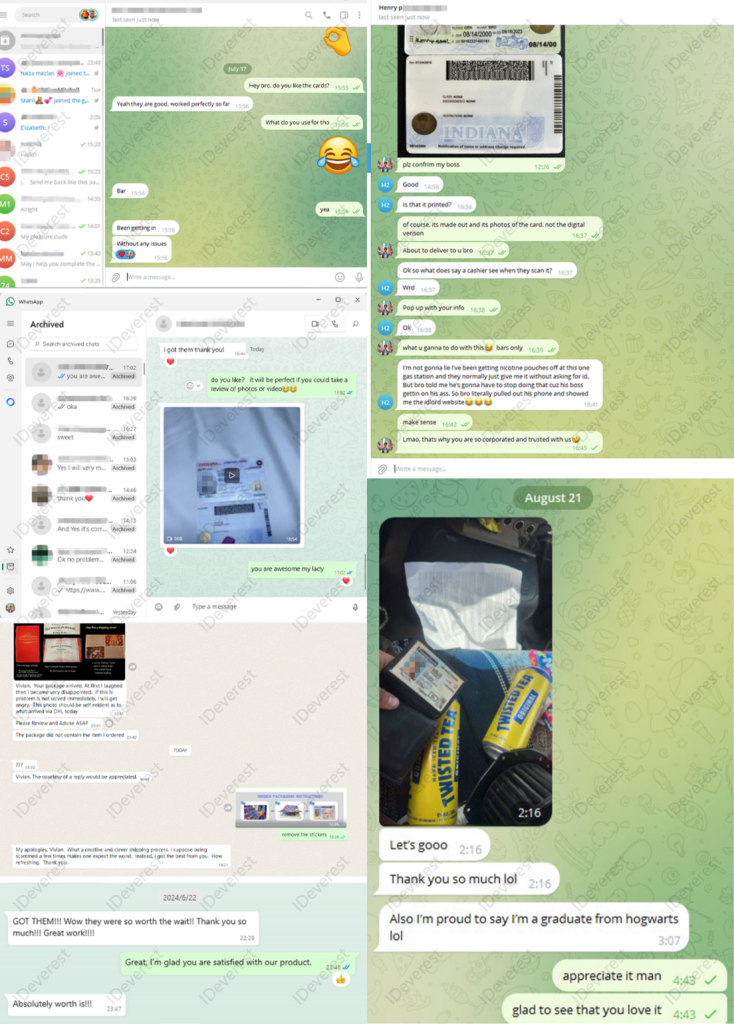
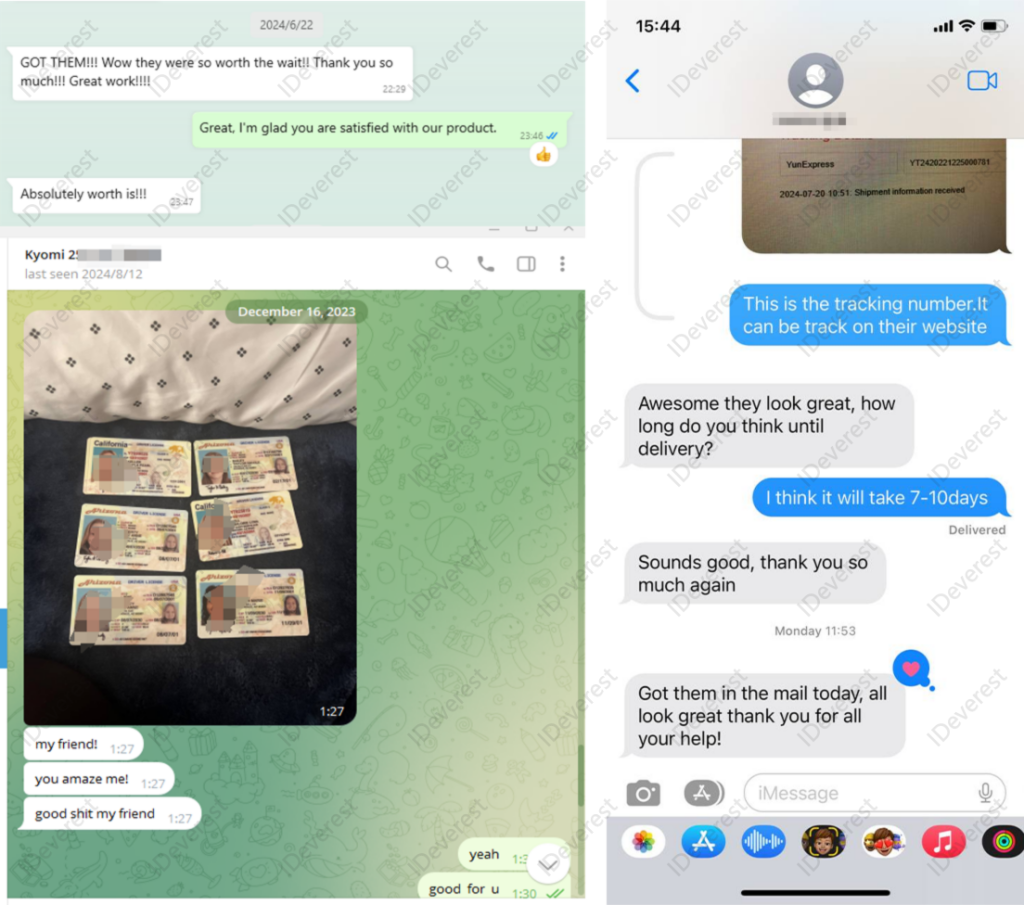

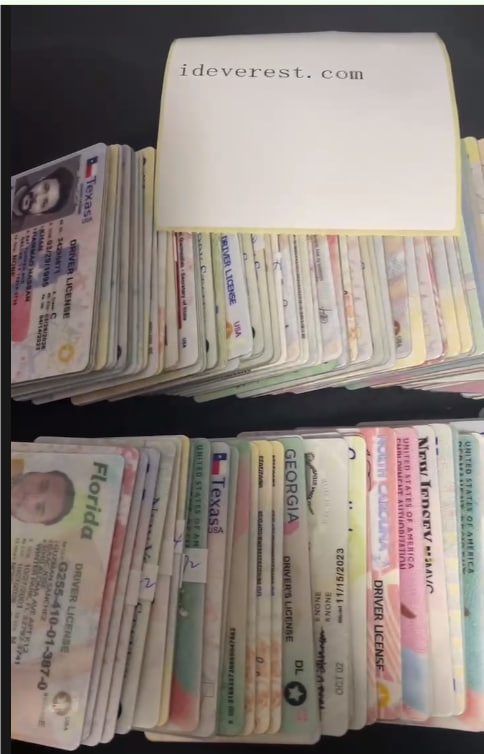


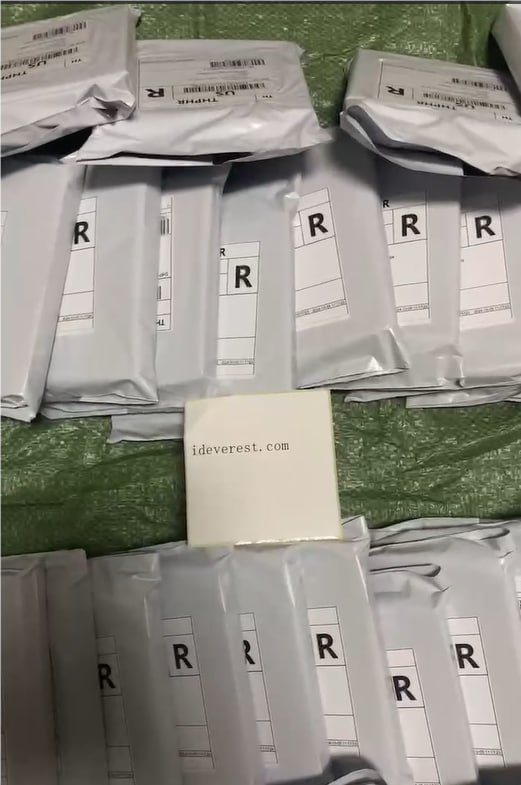
Big Treat Back for New Product Development Participation: Your feedback matters! We offer incentives to customers who participate in our new product development, shaping the future of our offerings together.

Tags:
You like
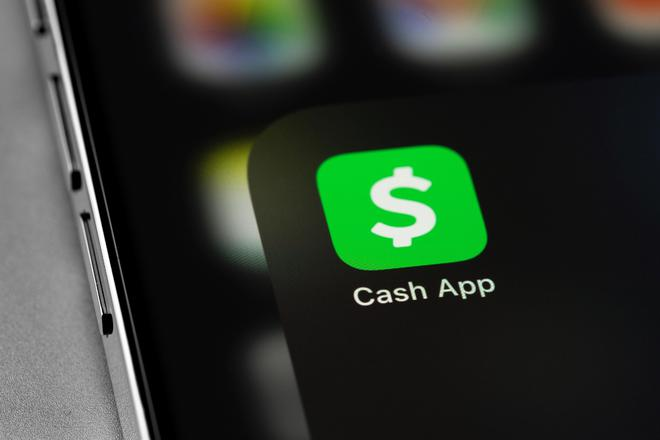
novelty ID

buy fake ID
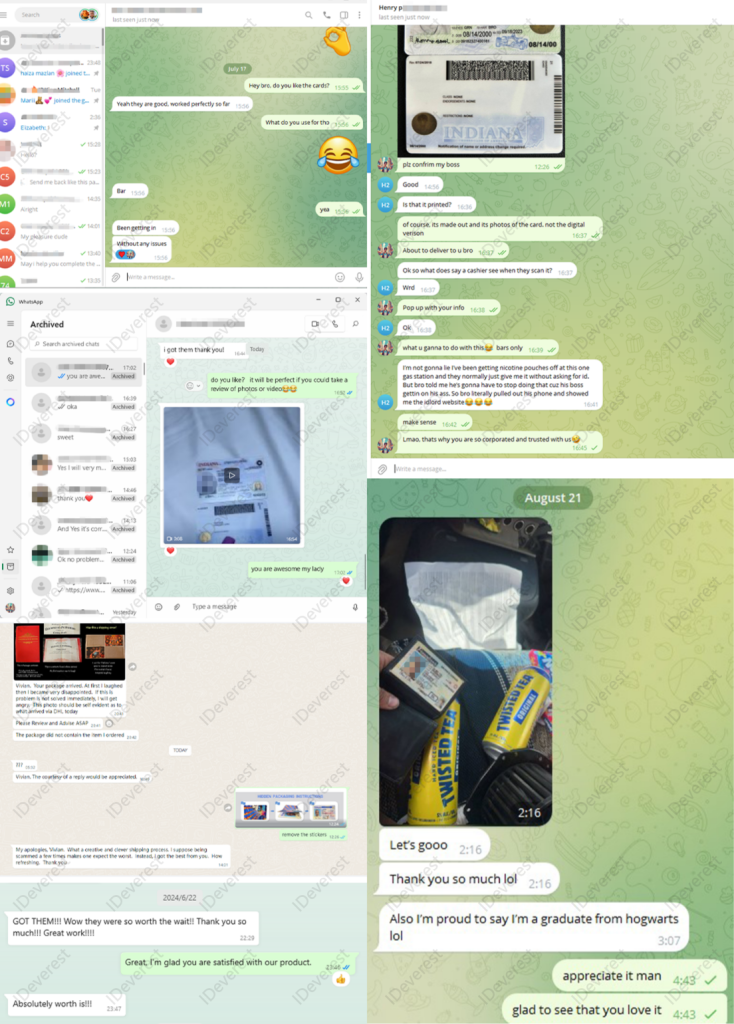
digital ID creation
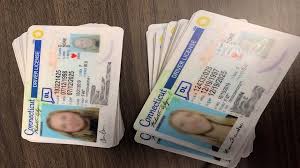
ID benefits

